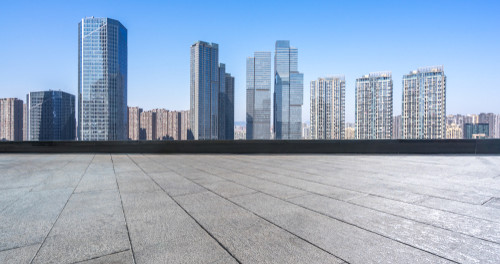Getting To Know More about the Role Of Underground Waterproofing

The growing complexity and environmental diversity of structures have caused challenges in construction nowadays. For any high-end residence or parking structures that would extend 3-4 stories below the surface it is very difficult to build with contaminated soil and everything in between them.
Types Of Waterproofing Projects That Are Under Foundation
- Blind side waterproofing
This is the type of option that can be applied for caisson walls, lagging walls, and soil walls.
- Positive side waterproofing
This waterproofing membrane system can be applied right after forming, stripping, and curing the walls. These are typically your freestanding walls made of brick, CMU, occasional shotcrete, and the poured-in-place concrete.
- Negative side waterproofing
For waterproofing membrane systems that can be used topically on wall interiors, the negative side waterproofing is perfect to prevent moisture intrusion. This type can be utilized as a double membrane system by mixing it with the blind side or positive side applications.
- Subterranean Drainage
This is when the products and applications are utilized to remove water from around the footing perimeter.
- Rock pockets
These are drainage pockets utilized for the blind side applications. Typically, they are placed in every 8 to 10 feet at the center. Basically, they are small pockets that are filled with gravel and wrapped with fabric, along with the drain stand pipe. These are used for the waterproofing system to establish a connection to the rest of the structure.
- French drain or the burrito wrap
Of course, you are familiar with the burrito, as this next waterproofing type was derived from. Basically, it stands as a 4-inch perforated pipe that is laid in and surrounded by gravel. Then, it is wrapped with a drainage fabric, making it look like a burrito.
- Drain composites
Used commonly to act as protection course, the drainage composites are used on below-grade membranes. They would differ in drainage rates, sizes, types of fabrics and backings. These are usually made as a component to the waterproofing membrane system.
Reliability Of Underground Waterproofing
- Un-bonded underground waterproofing
It was observed by many architects, contractors, engineers, and site owners that un-bonded, non-adhering membranes would oftentimes under perform. This is due to the fact that there is a space between the structure and the membrane, which makes it vulnerable to water tracking.
In time, the membranes would separate from the slab, causing damage due to settlement or neighboring construction. The moment this un-bonded waterproofing gets compromised, it is advisable to replace it rather than just repair it. This is to ensure that it can provide satisfactory and long-term solution.
- Bonded underground waterproofing
The shortfalls of the un-bonded waterproofing can be addressed by bonded waterproofing systems. This is due to the fact that the bonding technology would ensure that it would remain in position and prevent the ingress or migration of water.
There is an impenetrable seal formed with structural concrete that would provide protection even in harsh climates or challenging site conditions. Bonded systems can also utilize high-density polyethylene film to make it more resilient, flexible, and durable option than un-bonded systems. Thus, fully bonded waterproofing systems can mitigate the risk and the repair cost associated with it.
WICR Waterproofing & Decking is Southern California’s premiere waterproofing and decking specialist covering Los Angeles, Orange County, San Diego, Riverside, and San Bernardino counties. We are trained by all the major manufacturers of waterproofing systems, so that we can install or repair any waterproofing project. Please visit us at www.WICRWaterproofing.com
